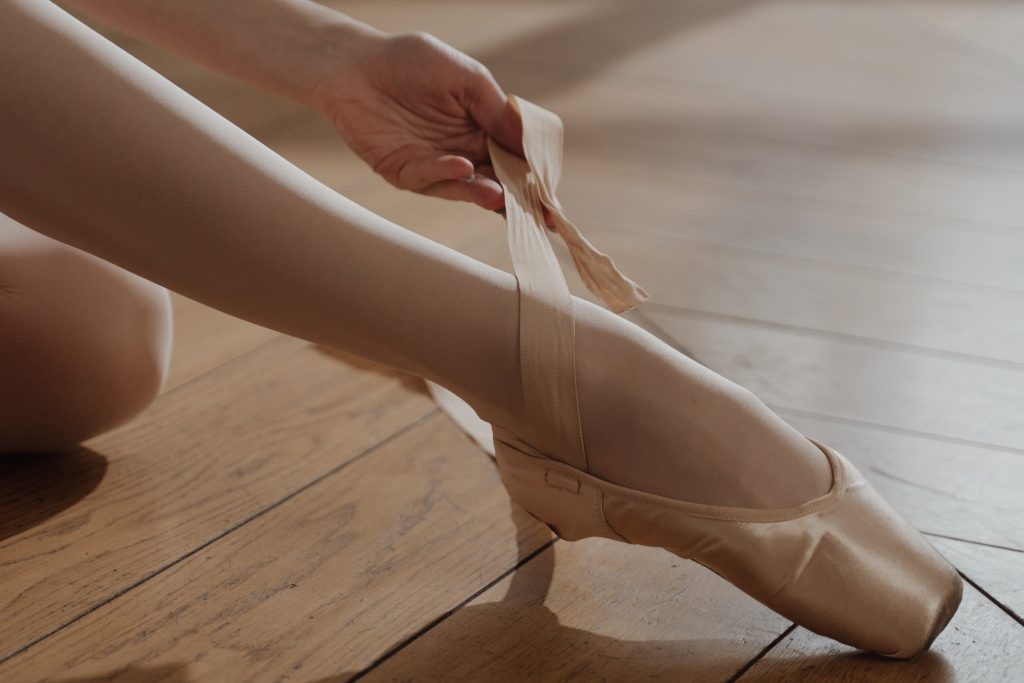
While modern ballet dancers may look dainty and ethereal on stage, like Anna Pavlova, Vaslav Nijinsky, and other ballet legends, being a ballerina requires physical strength, especially on their feet.
Ballerinas dance or stand on their toes by using a pointe shoe for support. Dancers use up their strength on their feet and ankles while dancing on pointe, which is backed by the pointe shoe.
To add confidence to their performance, dancers must explore toe-taping techniques. If taping is done poorly, it may lead to a broken big toe, uneven distribution on other toes, and strains. In this article, we’ll focus on ankle and toe injuries, which tend to be the majority of injuries that ballerinas face. Other injuries, such as knee injuries, neck injuries, or shoulder injuries, are far less common.
A taping expert is needed for their expertise on the matter. This calls for Kieran Sheridan, a board-certified physiotherapist and co-founder of the UAE-based sports tapes shop GulfPhysio. He will explain the types of ballet taping techniques and which equipment should be used for the best results.
What Kind of Taping Techniques Do Ballerinas Use for Their Toes?
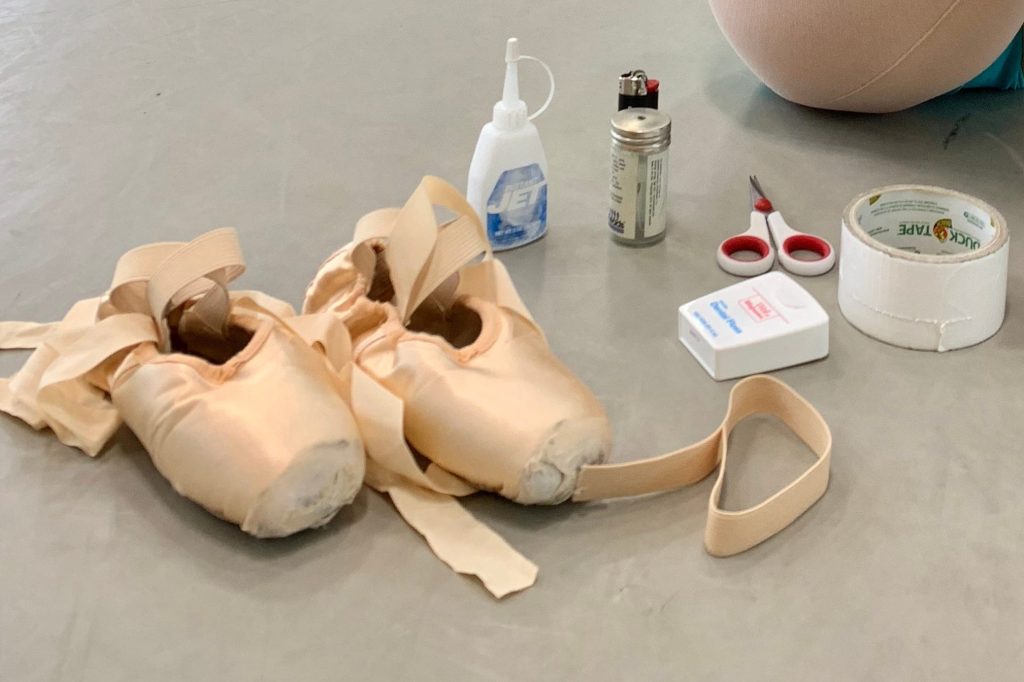
Ways to put tape on ballerinas’ toes depends on their preference and the way they dance, Sheridan said. They differ among the current professional ballerinas.
For some, ballet dancers get tapes on the tips of their toes. The big toe is usually longer than the other toes. The entire weight of a dancer is distributed on that toe. It’s also why the big toe is the one that has the most hits and injuries.
In some cases, ballet dancers evenly spread the pressure on their toes by taping them together. In other scenarios, big toes are more robust, so they put more tape on the big toe. It provides more support and stability.
The Proper Way to Put Ballet Toe Tape
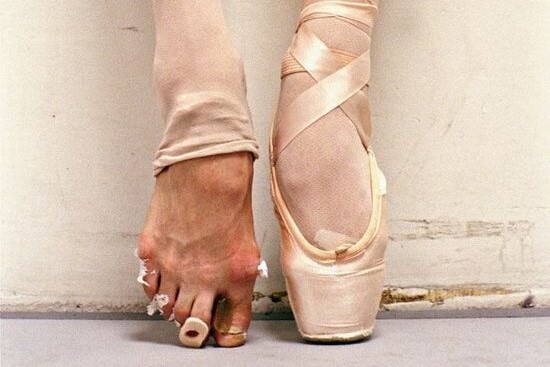
There are two ways to properly tape ballet toes to prevent injuries and provide more support on the toes. The proper ways to put ballet toe tapes are as follows:
Increasing the Point of Contact
The first way is to increase the point of contact across multiple toes. Firstly, try to add some gauze as a form of padding. It’s so that all the toes of the foot are level when you’re upright.
Then, you can tape them with thin zinc oxide or rayon tape. These tapes are mostly half an inch wide or 1.25 cm wide together. This can be done through a buddy-taping system. Buddy taping involves taping two toes or fingers going from the big to the small toe.
Wider tape is needed to go from the big toe to the smaller toe.
Using Kinesiology Tape
The second way is to use kinesiology tape if you need to increase the strength of one toe.
The point of this taping technique is to support the inside joint at the base of the big toe. This joint is the MTP joint or the metatarsophalangeal joint. It’s the joint between the metatarsal and phalanges (toe) bones.
To relieve any painful symptoms, simply separate the big toe and the second toe. Do this with a piece of foam around 1 cm thick. The foam is fixed in place using zinc oxide plaster tape. By doing so, it can strengthen a ballerina’s big toes while relieving the pressure on the painful area.
The Best Kinds of Tape for Ballet Toe-Taping
1. Zinc Oxide-Based Tape
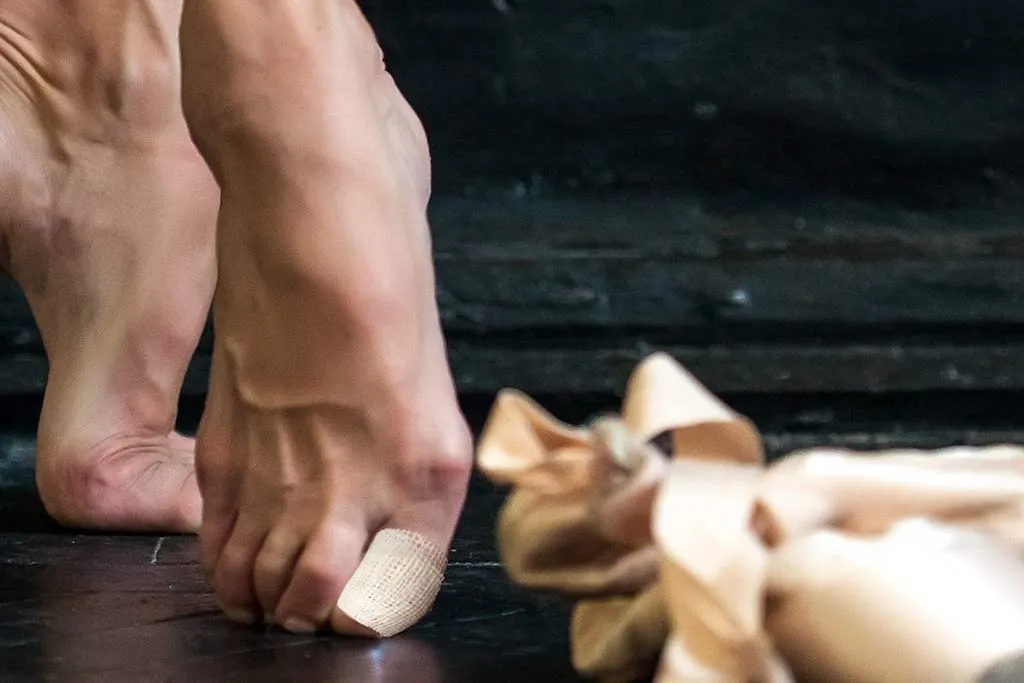
It is an adhesive tape commonly used in sports medicine and wound care. It’s what it says it is: a zinc oxide included in the adhesive, which enables the bond to be strong and secure. The zinc oxide-based tapes are made of cotton or rayon backing with a zinc oxide-based adhesive.
Zinc oxide tape benefits athletes, patients, and healthcare professionals alike. It is durable and long-lasting, especially for athletic activity and other high-stress situations. The tape is water-resistant and will stay adhesive for extended periods while being worn.
The tape helps support joints, muscles, and other areas of the body, which can be helpful for athletes recovering from injuries or preventing pain. This tape is also breathable and versatile, which is perfect for preventing irritation and itching.
Where can you buy zinc oxide-based tape?
You can get zinc oxide tape at the GulfPhysio shop. The tape costs between AED 3 (USD 0.82 ~ USD 1 = AED 3.67) to AED 13 (USD 3.54). You can choose between white or brown zinc oxide tapes. The tapes are available in five different widths:
- 1.25 cm width X 5 m length
- 2.5 cm width X 5 m length
- 5 cm width X 5 m length
- 7.5 cm width X 5 m length
- 10 cm width X 5 m length
2. Kinesiology Tape
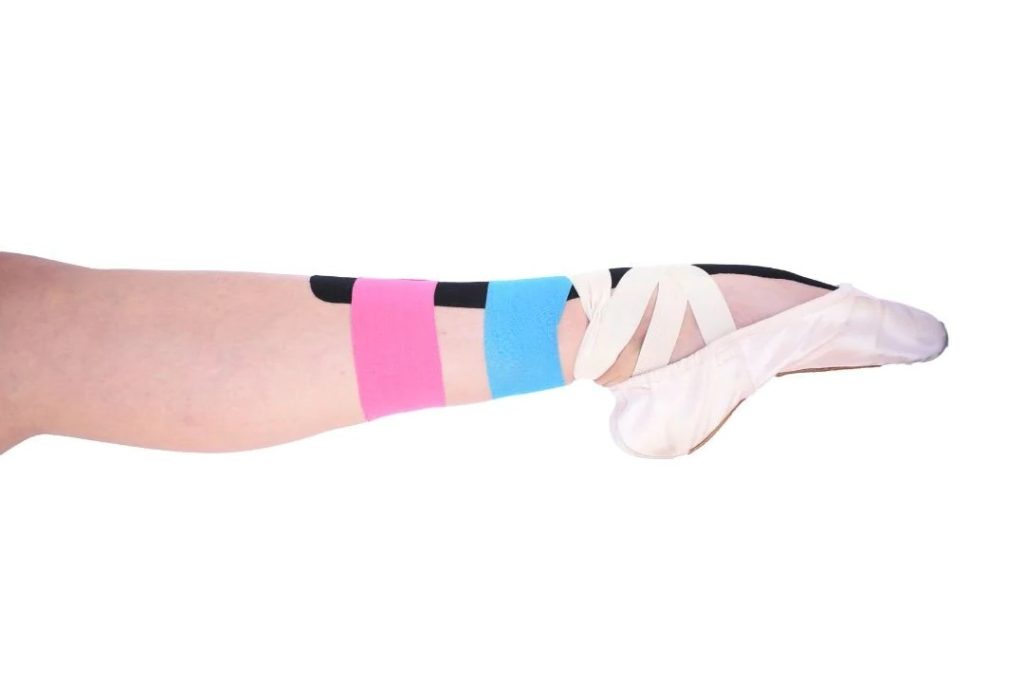
Also known as kinesio tape, this flexible tape is used in sports and other therapeutic activities. It supports muscles, joints, and soft tissue during physical activities. Ballet dancers can use it for their feet and also for their calves.
Where can you buy kinesiology tape?
GulfPhysios also sells kinesiology tapes with the brands ProGuard and Theraband. It usually comes in a consistent size (5cm width x 5m length) and costs AED 81 (USD 22.05). It is available in blue and pink colours.
3. Cohesive Bandage
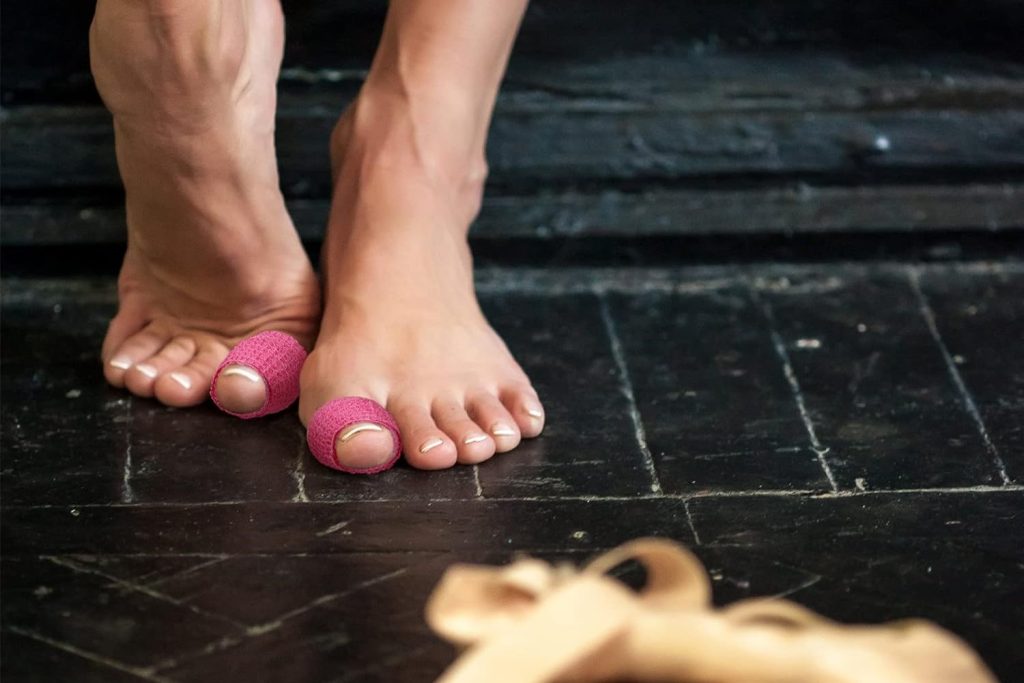
Cohesive wrap bandages are known for providing compression without clips, tape, or safety pins. It does not adhere to the skin but to the bandage itself, so there is no need to use adhesive removal spray when you need to take the tape off.
The bandage wraps are also comfortable and flexible, perfect for ballet dancers.
Where can you buy a cohesive bandage?
GulfPhysios also sells kinesiology tapes with the brands ProGuard and Theraband. It usually comes in a consistent size (5cm width x 5m length) and costs AED 81 (USD 22.05). It is available in blue and pink colours.
4. Other Tapes
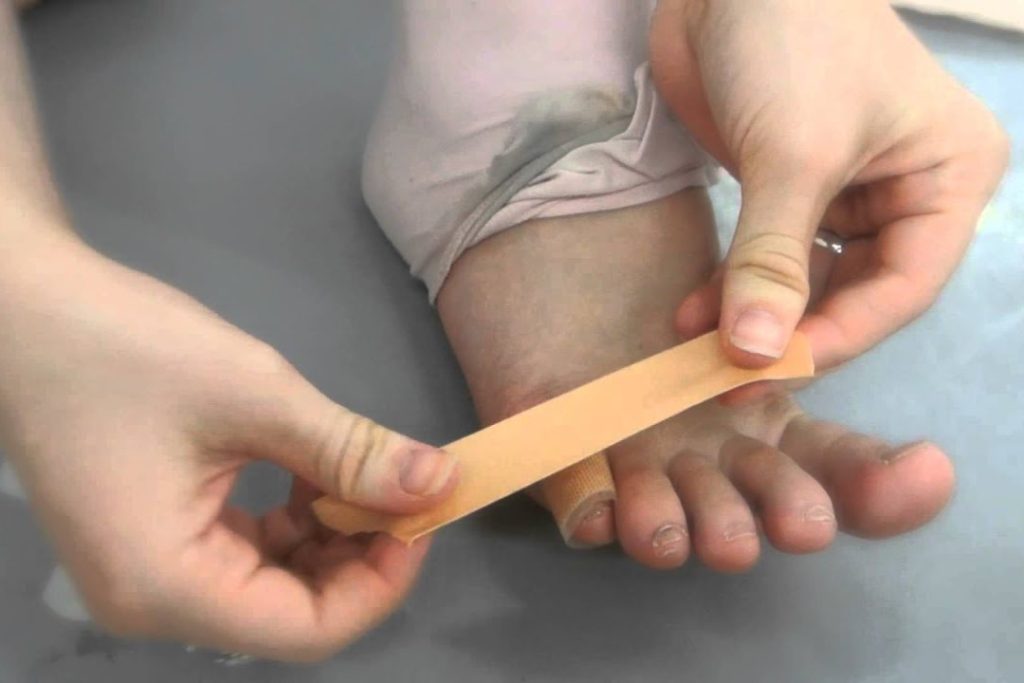
Ballet dancers and dancers in general aren’t just limited to zinc oxide tape, cohesive bandage, or Kinesiology tape. Ballerinas and other professionals can use other tapes like moleskin or padding tape. It reduces friction with their ballet shoes.
What are the common toe injuries in ballet?
Ballet dancers often get ballerina feet, which is the physical impacts of intense training and physical demands from the sport or art. Common injuries involve the toe and foot, which may be driven by footwear or improper techniques and positions, or aggressive performances.
Noticeable and common ballerina feet changes include nail hardening and discoloration, dry or cracked soles, shortened toes, blisters, ingrown toenails and corns, and calluses.
Now, these are just common changes, but ballerinas also experience worse and long-term damage to their feet. These include:
Bunions – Ballet dancers could get bony bumps at the base of their big toe, which can be painful, cause swelling, and make it more difficult to wear certain shoes.
Hammertoes – It happens when toes become permanently bent, which can be difficult to straighten.
Plantar fasciitis – An inflammation of the tissue that runs along the bottom of the foot, which can cause severe pain, stiffness in the foot, and difficulty walking or dancing.
Stress fractures – It is caused by repeated stress on the bones and may lead to small cracks in the bone. It can cause a lot of pain and swelling. If they have stress fractures, ballerinas should have a longer rest time to heal.
In Conclusion
Tapes can save a ballerina’s foot from injuries. It will reduce pain and injury. It’ll also help them heal their already-injured body.
Using these tapes would help reduce pain and injury and help with healing in many cases. After some time, dancers can gain a form of proprioception. It is where they can sense where they need to tape their feet to be better at their tasks.



